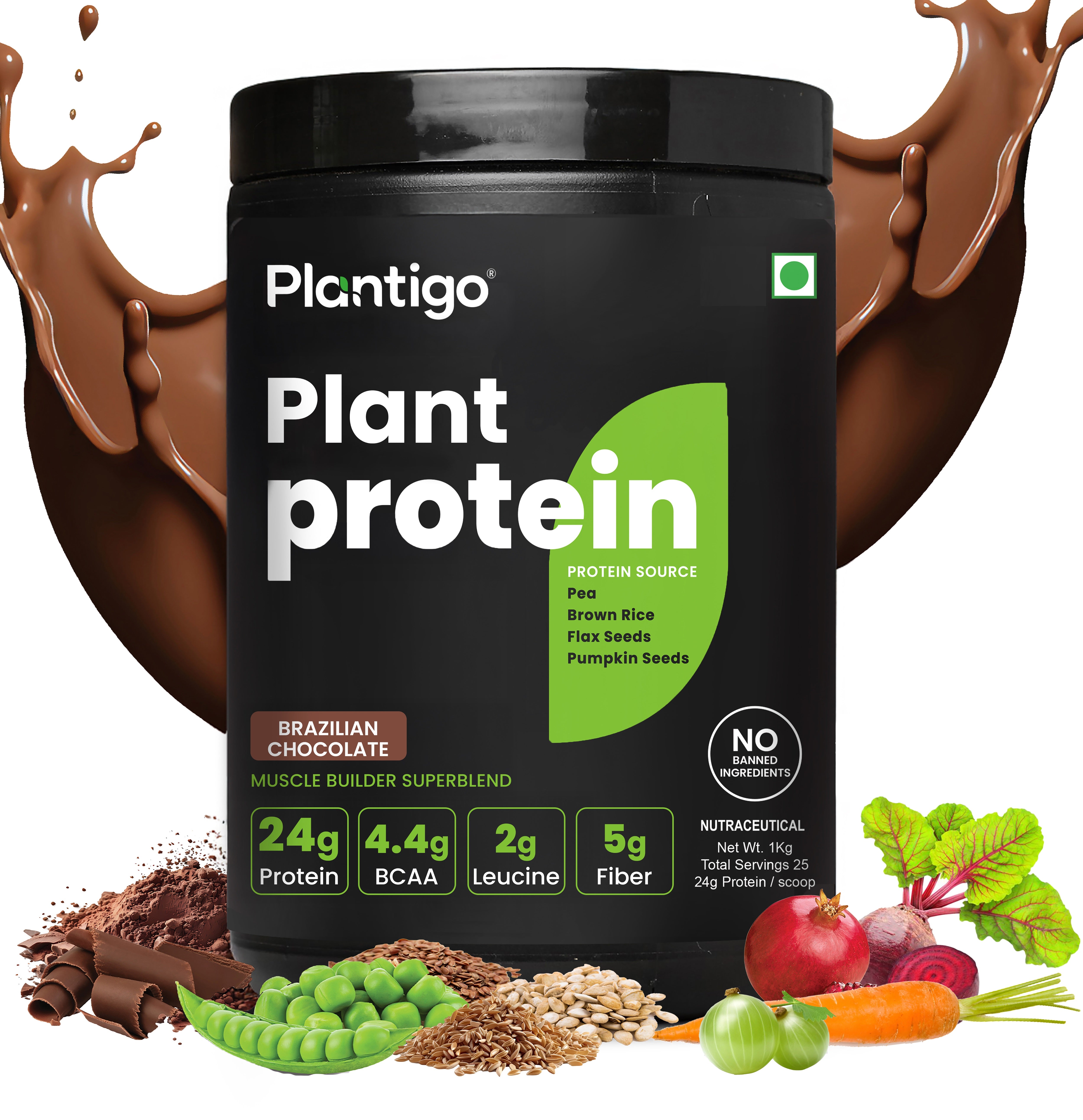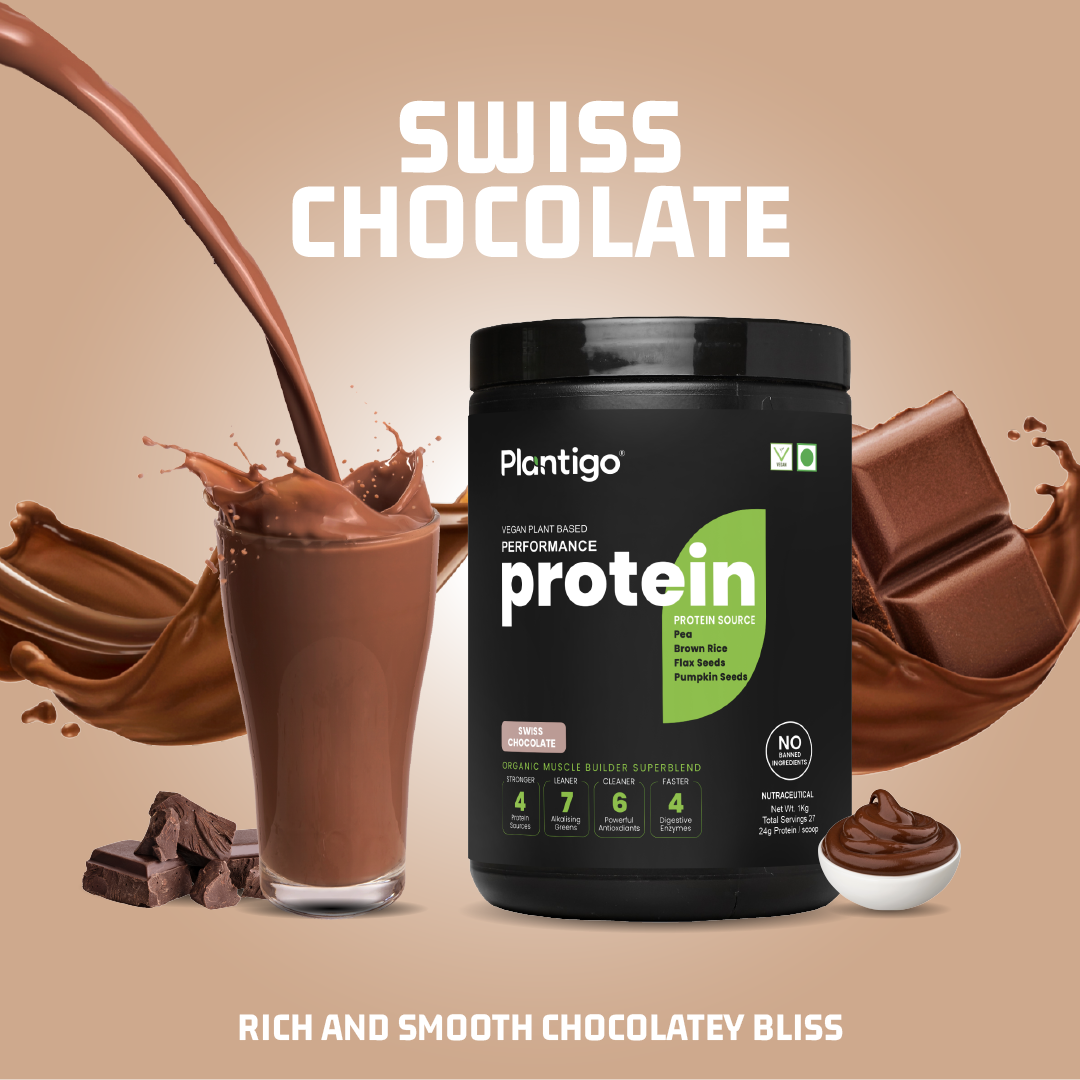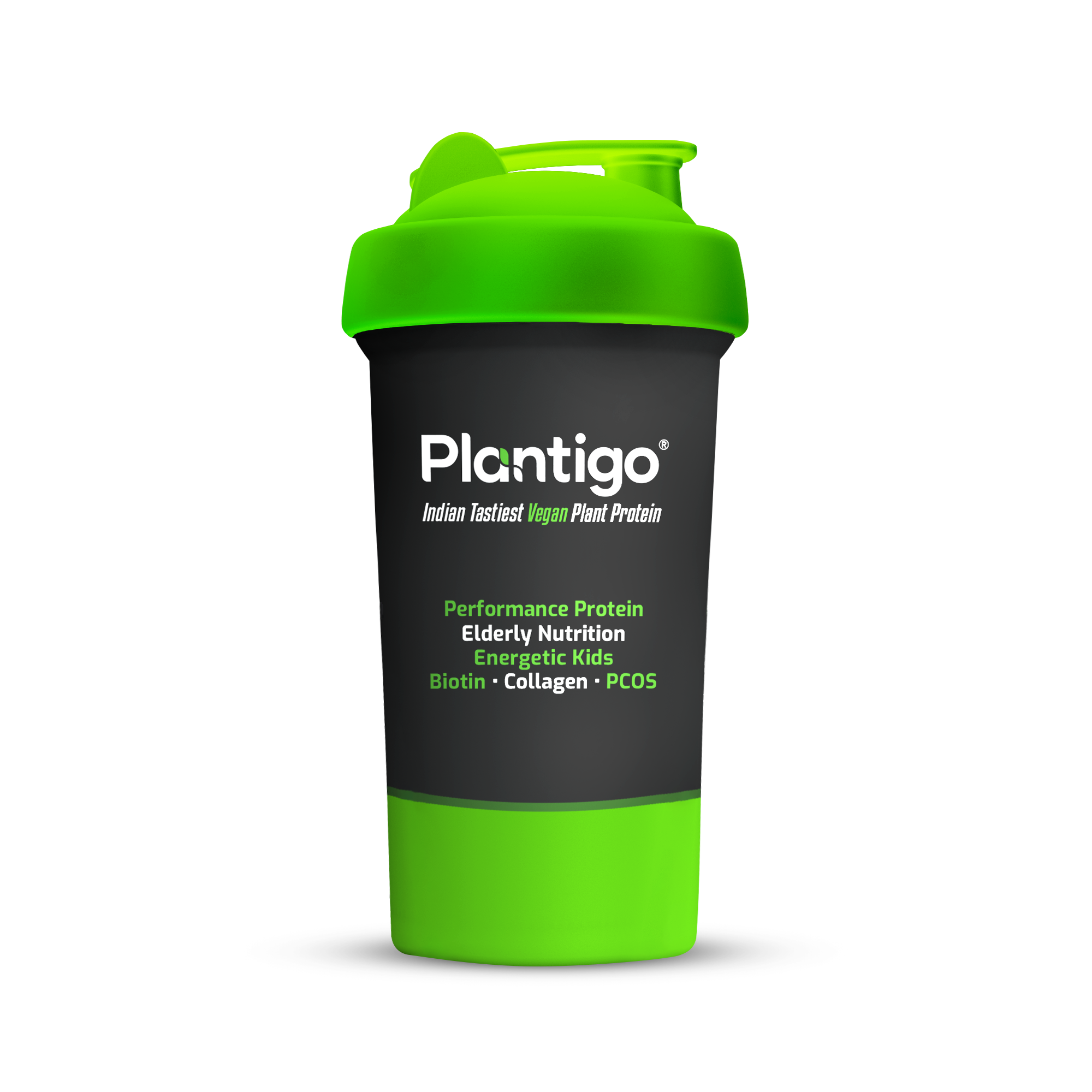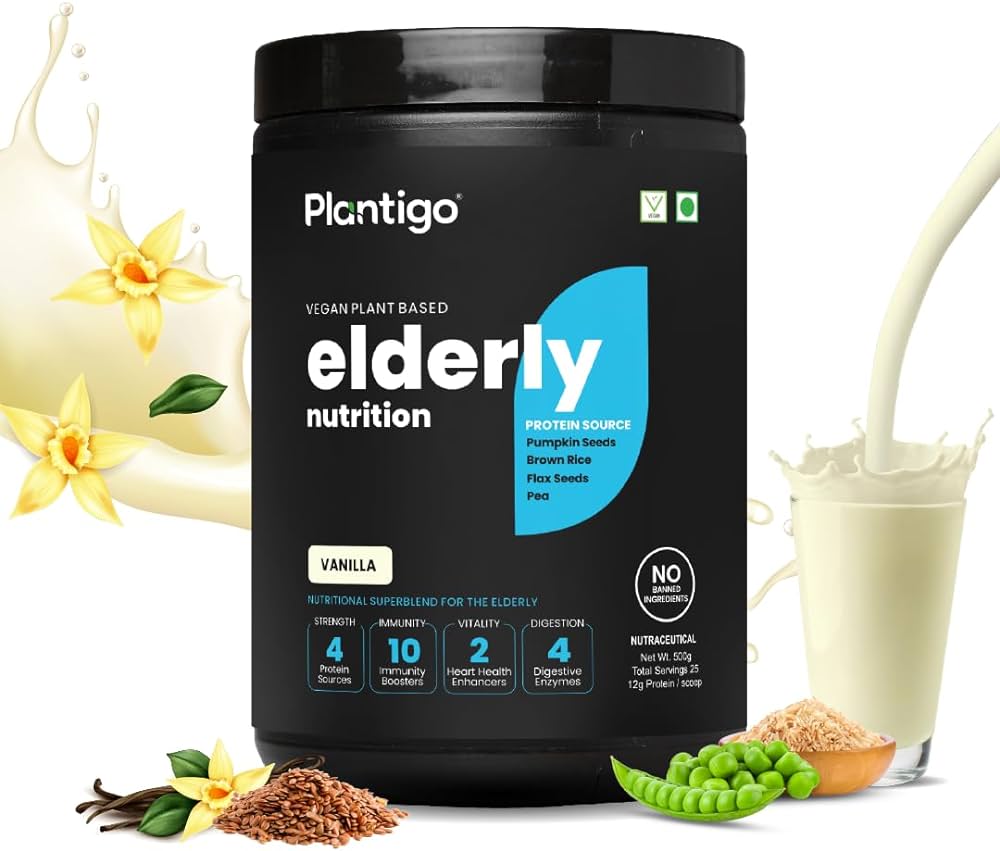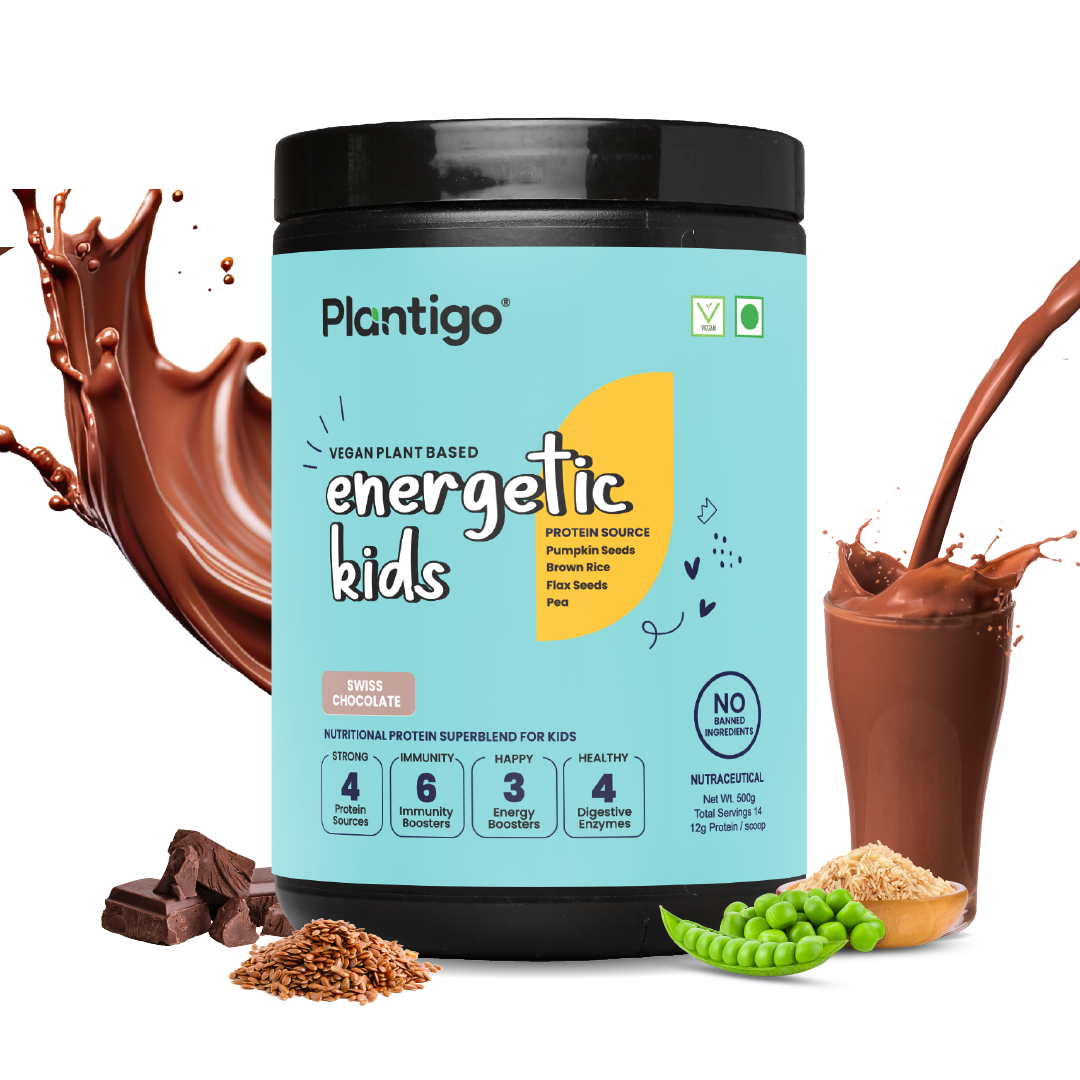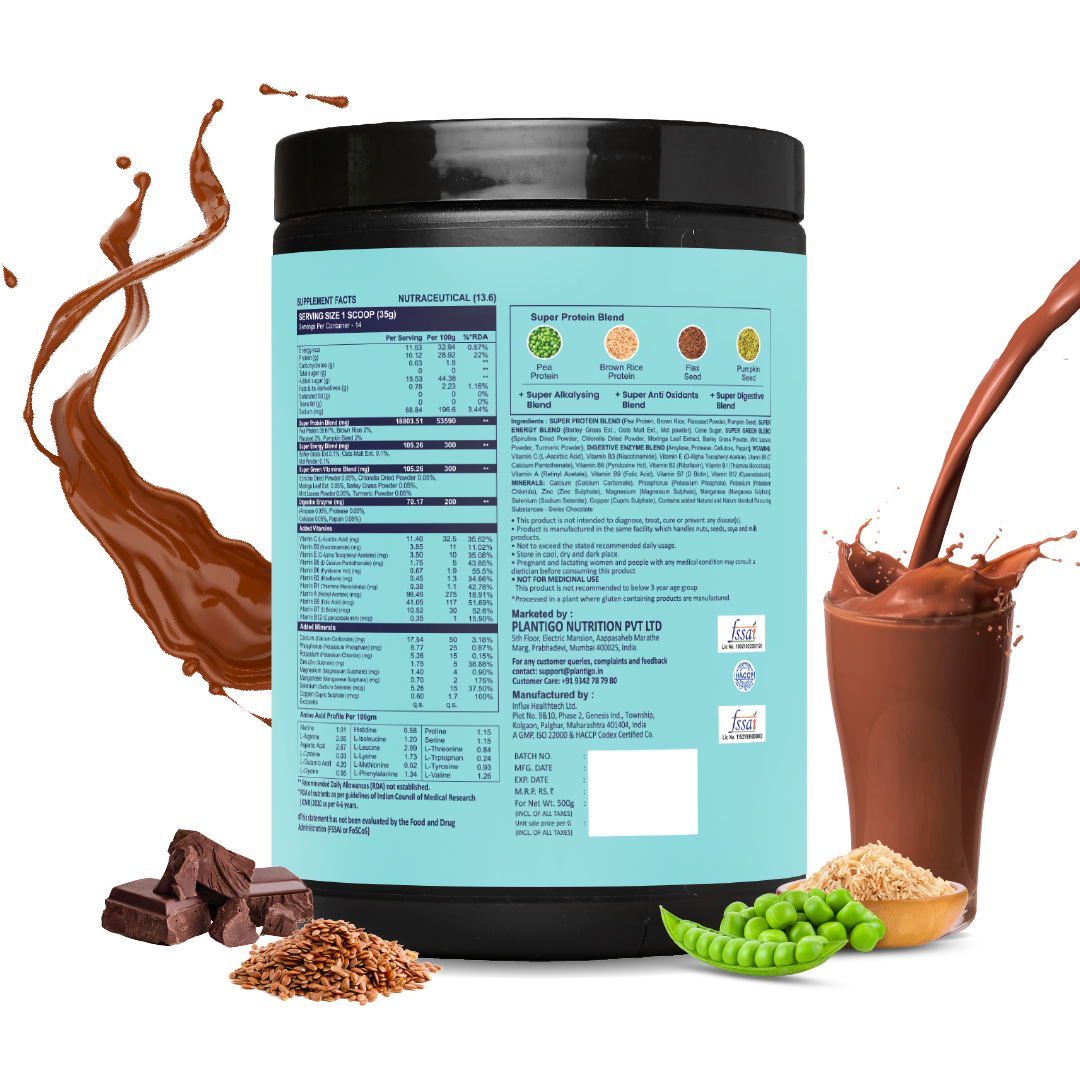Bruising easily? Feeling low on energy? Your platelets might be trying to tell you something. These tiny blood cells are essential for clotting, immunity, and healing—and when they drop, your health can take a hit.
While severe cases may need medical help, your diet can play a powerful role too. Nature offers a variety of platelet rich food options that can naturally support or improve your count—no prescriptions required.
In this guide, we’ll explore the top 9 platelet rich foods, all backed by science and easy to add to your meals. From antioxidant-rich fruits to plant protein sources like lentils, seeds, and nuts, these nutrient-packed options can help your body rebuild and thrive.
Let’s get started.
Why Platelet Count Matters (and How Food Can Help)
Platelets, or thrombocytes, are blood cells responsible for clotting. A low platelet count (thrombocytopenia) can be triggered by various causes—viral infections (like dengue or COVID-19), certain medications, autoimmune disorders, or deficiencies in folate, iron, or vitamin B12.
That’s where platelet rich food steps in. These foods are packed with vital micronutrients like vitamin C, vitamin K, folate, antioxidants, and iron—all of which support bone marrow health and enhance platelet production.
One notable example comes from a randomized, placebo-controlled crossover study conducted on healthy older adults. The study found that beetroot juice, rich in dietary nitrates, helped reduce markers of platelet activation and aggregation. Within hours of consumption, researchers observed a decrease in monocyte-platelet aggregates—suggesting that beetroot may play a role in improving platelet function and vascular health.
1. Papaya Leaves and Fruit
Papaya leaf juice is perhaps the most well-known natural remedy for low platelet counts. Rich in enzymes like papain and chymopapain, it aids digestion and also boosts platelet production. Studies suggest that consuming papaya leaf extract can significantly increase platelet counts in dengue patients.
How to Consume: Drink 30 ml of fresh papaya leaf extract once or twice daily for best results. Ripe papaya fruit itself is also a platelet rich food, loaded with vitamin C.
2. Pomegranate
Bright red and bursting with antioxidants, pomegranate is another excellent platelet rich food. Its high iron content helps prevent anemia, and its anti-inflammatory properties support bone marrow function—the site of platelet production.
Also Worth Knowing: The vibrant color and antioxidant power also make it great for chia seeds for skin health.
3. Pumpkin
Pumpkin is rich in vitamin A, which is crucial for the development of platelets and other blood cells. It also contains zinc and iron, making it a versatile platelet rich food. A warm pumpkin soup or a bowl of roasted pumpkin seeds can do wonders.
Also Try: Pumpkin seeds are an underrated plant protein source and rich in magnesium too.
4. Nuts and Seeds
Almonds, walnuts, flaxseeds, and sunflower seeds are excellent sources of omega-3s, vitamin E, and zinc—nutrients that help maintain platelet membrane integrity and support bone marrow health.
Snack Smart: Add them to smoothies, oat bowls, or energy bars.
Did You Know? Many of these seeds, along with ingredients like pea protein powder, are also used in clean-label plant-based supplements. These offer a complete amino acid profile, helping not only with muscle repair but also with cell regeneration.
5. Beetroot
With its deep crimson hue, beetroot is a blood builder and a known remedy for anemia. High in iron, folate, and antioxidants, beetroot supports red blood cell and platelet regeneration.
Tip: Add beetroot to your salads, smoothies, or roasted veggie bowls. A glass of beetroot juice daily can make a big difference in your platelet health.
6. Spinach and Other Leafy Greens
Leafy greens like spinach, kale, and moringa are rich in vitamin K—a key nutrient for blood clotting. They’re also full of folate and iron, making them reliable platelet rich food choices.
Did You Know? They also feature in vitamin b12 fruits and vegetables lists when fortified, helping with overall blood health.
7. Amla (Indian Gooseberry)
Amla is an Ayurvedic superfruit packed with vitamin C, a potent antioxidant that protects platelets from damage. It also enhances the body’s ability to absorb iron, promoting better blood composition.
How to Use: Eat raw amla, drink its juice, or consume it as a dried snack.
Interesting Pairing: Mix amla juice with drinks to reduce belly fat like warm lemon water or green tea for a double health boost.
8. Chia Seeds
These tiny seeds are nutritional powerhouses. Packed with omega-3 fatty acids, iron, and calcium, chia seeds support immune function and reduce inflammation, thus promoting platelet health.
Best Use: Soak them overnight and consume in smoothies, puddings, or with almond milk.
Additional Benefit: You can’t ignore chia seeds benefits for females —from hormonal balance to improving skin and bone health.
9. Lentils and Legumes
Lentils, beans, and chickpeas are plant-based sources of folate, iron, and protein. Folate is vital for producing new cells, including platelets. These protein-rich staples are especially helpful for vegetarians aiming to support blood health.
Also Explore: Indian dishes made with dals and pulses are protein rich Indian food choices that are naturally platelet-boosting.
Extra Nugget: If you’re calculating your nutrient intake, try using a protein intake calculator to make sure you’re hitting daily requirements for cell repair and immune support.
Bonus Tip: Stay Away from Platelet-Depleting Foods
While adding platelet rich food to your diet is critical, it’s equally important to avoid foods and drinks that can reduce platelet count, such as:
-
Alcohol
-
Artificial sweeteners
-
Processed foods high in trans fats
-
Quinine (found in tonic water)
Real-Life Boosters: Lifestyle & Supplementary Choices
Beyond food, your lifestyle choices also impact platelet health.

-
Hydration: Drink enough water daily to support blood volume and circulation.
-
Sleep: 7–9 hours of quality sleep is vital for cellular repair.
-
Stress Reduction: Chronic stress can suppress bone marrow function.
-
Moderate Exercise: Helps improve blood flow without overtaxing the immune system.
If you're exploring nutritional supplements, consider plant-forward options. For instance, clean plant based protein powder blends often include ingredients like pea protein, moringa, and amla—each of which supports different aspects of platelet health.
Also, there's growing interest in collagen supplements for tissue regeneration. Though less directly linked to platelets, several users report skin and recovery benefits when using collagen before and after routines.
Final Thoughts
A well-balanced diet isn’t just about staying full—it’s about building a stronger, more resilient you. Adding platelet rich food to your daily routine isn’t only for those recovering from low counts; it’s a proactive step toward better immunity, faster healing, and long-term vitality.
From papaya leaves and chia seeds to iron-rich lentils and leafy greens, your plate can become your most powerful healing tool. Don’t overlook clean sources of plant protein either—options like nuts, seeds, legumes, and Plantigo’s plant-based protein blends provide essential amino acids that support cell regeneration and immune strength.
Start today by adding just one of these foods to your next meal—and take control of your health from the inside out.
FAQs on Platelet Rich Foods
1. How long does it take for platelet rich food to increase platelet count?
There’s no fixed timeline. Nutrient‑rich, platelet rich food options (high in iron, folate, vitamin C etc.) support bone marrow over weeks to months. If the cause is mild and tied to diet or deficiency, improvements may be noticed in a few weeks. Severe conditions may require medical care.
2. What nutrients are most important in platelet rich food for boosting platelets?
Key nutrients include iron, folate (vitamin B9), vitamin C, vitamin K, and antioxidants. These help in producing new platelets, protecting existing ones, and improving clotting function.
3. Will avoiding certain foods help with low platelet count?
Yes. Just as adding platelet rich food helps, avoiding foods and substances that can reduce platelet count or interfere with clotting (like alcohol, certain artificial sweeteners, quinine‐containing drinks, and processed high‑trans fat foods) can support recovery.
4. Can a vegetarian/plant‑based diet provide enough platelet boosting foods?
Absolutely. Many plant protein sources—lentils, legumes, seeds, dark leafy greens—are excellent platelet rich food options. Including variety (nuts, seeds, pulses) ensures you get the needed nutrients without relying heavily on animal products.
5. Should I use supplements if food alone doesn’t raise my platelet levels?
Possibly—but always under medical guidance. Some supplements (e.g. plant based protein powders, vitamin B12, folate, etc.) can help when dietary sources aren’t enough. But underlying causes must be diagnosed, and supplement use should not replace medical treatment when needed.





